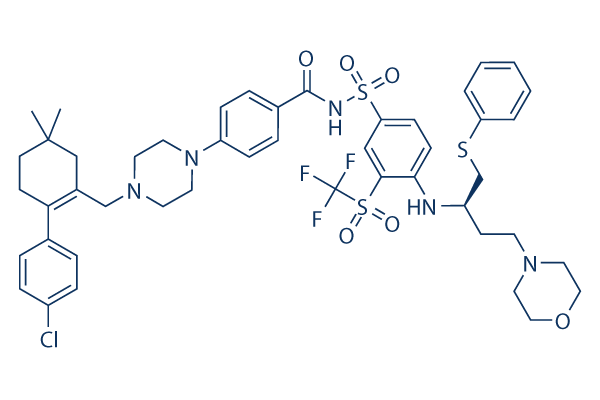Speedy advances in next generation sequencing technologies, collectively together with the development of powerful computational tools, have transformed biological and biomedical analysis more than the past many years. The transformation has been most apparent in cancer, exactly where the complex landscapes of somatic variants happen to be investigated within a wide selection of tumor forms, Most considerably, a variety of clinically actionable mutations have been identified as vital therapeutic targets in anti cancer therapies, narrowing the gap involving basic investigation and clinical application. Examples consist of single nucleotide variants involving codons V600 and L597 inside the gene BRAF in melanomas, which are related with sensitivity to BRAF and MEK inhibitors, respectively, A comprehensive information of somatic variants in cancer is indispensable for us to know tumorigen esis and develop personalized therapies for patients.
Nonetheless, while advances in subsequent generation sequen cing and computational algorithms have led to higher accuracy in somatic SNV calling, some accurate sSNVs are nevertheless difficult to distinguish as a result of low allele frequencies, artifacts, full report tumor contamination, inadequate sequencing coverage of genomic regions with higher GC content, sequencing errors, and ambiguities in short study mapping, simply to name just a few. Another confounding element is clonal heterogeneity that causes variants to become non uniformly present in tumors, Specifically, this difficulty entails two elements. false adverse sSNVs and false positive sSNVs, Somatic SNVs are identified by comparing a tumor sample using a matched standard sample, Initially, algorithms for identi fying sSNVs involved calling variants in the two samples separately, one example is, SNVMix, To meet the chal lenges of sSNV calling, quite a few tools with enhanced accuracy happen to be developed that examine a tumor regular pair directly at every single locus of a feasible sSNV, for instance, JointSNVMix, SomaticSniper 1.
0, Strelka, and VarScan 2, In comparison with previous procedures, the new tools can proficiently differentiate sSNVs from germline events, which vastly outnumber sSNVs and thereby constitute the majority of false calls. Other programs, for example MuTect and EBCall, distinct ally focus on detecting these details low allelic frequency sSNVs which might be frequently missed by current tools. Although every of the new tools has been compared with some earlier applications, their relative merits in true applications are largely unknown to investigators,  as a consequence of incomplete experimental evaluation. For instance, the accuracy of MuTect was not benchmarked against VarScan 2, a extensively employed somatic variant calling tool released a year earlier. To provide a comparative evaluation of sSNV calling tools, many overview articles emerged lately, However, these reviews either lacked validation experiments or utilised only synthetic information, and therefore aren’t sufficient to guide cancer genome sequencing studies.
as a consequence of incomplete experimental evaluation. For instance, the accuracy of MuTect was not benchmarked against VarScan 2, a extensively employed somatic variant calling tool released a year earlier. To provide a comparative evaluation of sSNV calling tools, many overview articles emerged lately, However, these reviews either lacked validation experiments or utilised only synthetic information, and therefore aren’t sufficient to guide cancer genome sequencing studies.
CARS signal
The CARS signal is detected on the blue side
